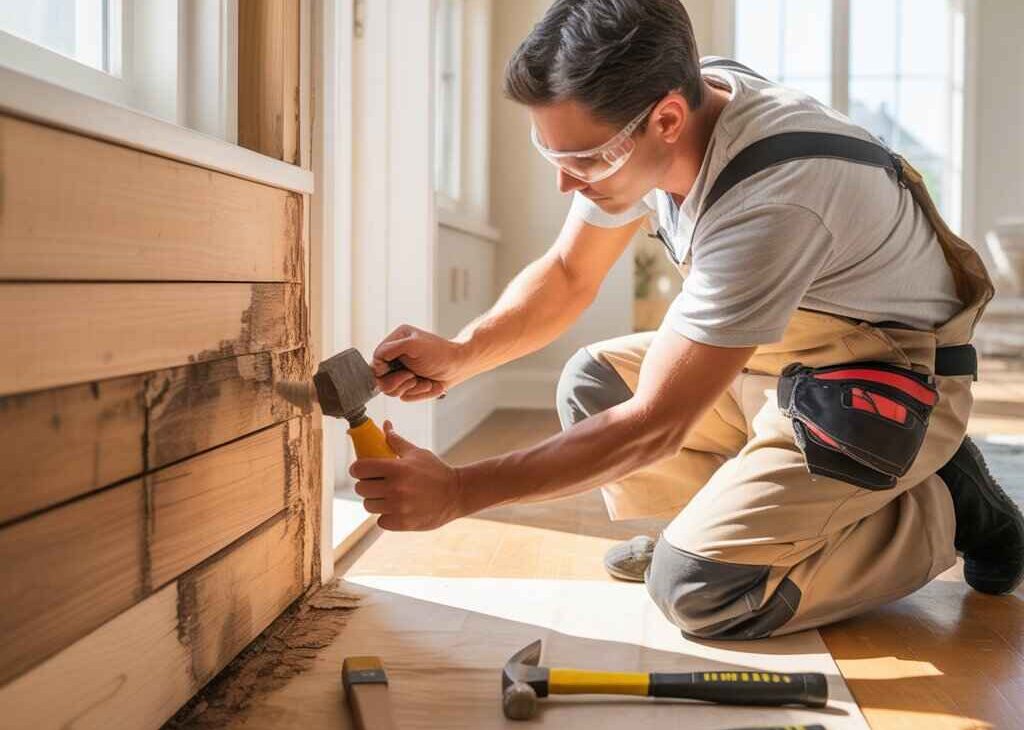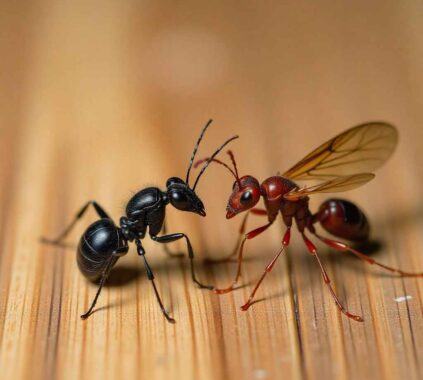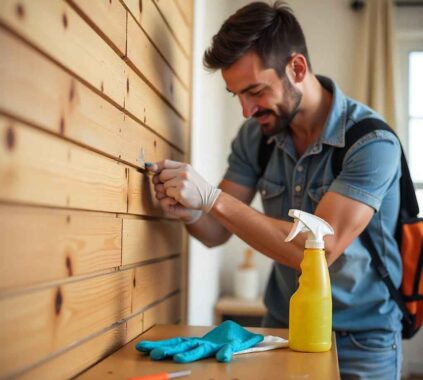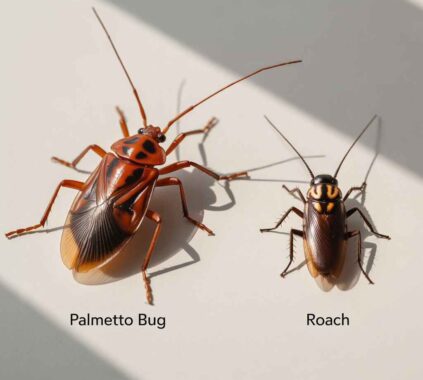Table of Contents
Finding out that termites have been chewing through your home is never pleasant. The thought of hidden wood damage and costly repairs can be stressful. But here’s the good news — termite damage repair is absolutely possible if you act quickly and handle it correctly.
In this guide, you’ll learn how to identify termite damage, what kind of repairs are needed, and how to prevent it from happening again. You’ll also find answers to common questions like how much termite damage is too much, how to find the best termite damage repair contractor, and even how to estimate your termite damage repair cost.
Understanding Termite Damage
Before diving into repairs, it’s important to understand what you’re dealing with. Termites feed on cellulose — a material found in wood and other plant fibers. Once a colony finds a way inside your home, they can eat 24/7 without rest.
Over time, this causes sagging floors, buckled ceilings, and weakened walls. The scary part? Termites usually work out of sight, so the damage often goes unnoticed until it’s fairly advanced.
According to the EPA, termites cause billions of dollars in damage each year — and most homeowners’ insurance policies don’t cover it.
Signs You Need Termite Damage Repair
Early detection can save you thousands in repairs. Watch for these red flags:
- Hollow-sounding wood when tapped
- Mud tubes along walls or foundations
- Peeling or bubbling paint, resembling water damage
- Small holes in wood or drywall
- Sagging floors or ceilings
- Discarded wings near windowsills or lights
If you notice one or more of these signs, contact a licensed pest control professional immediately to confirm the infestation.
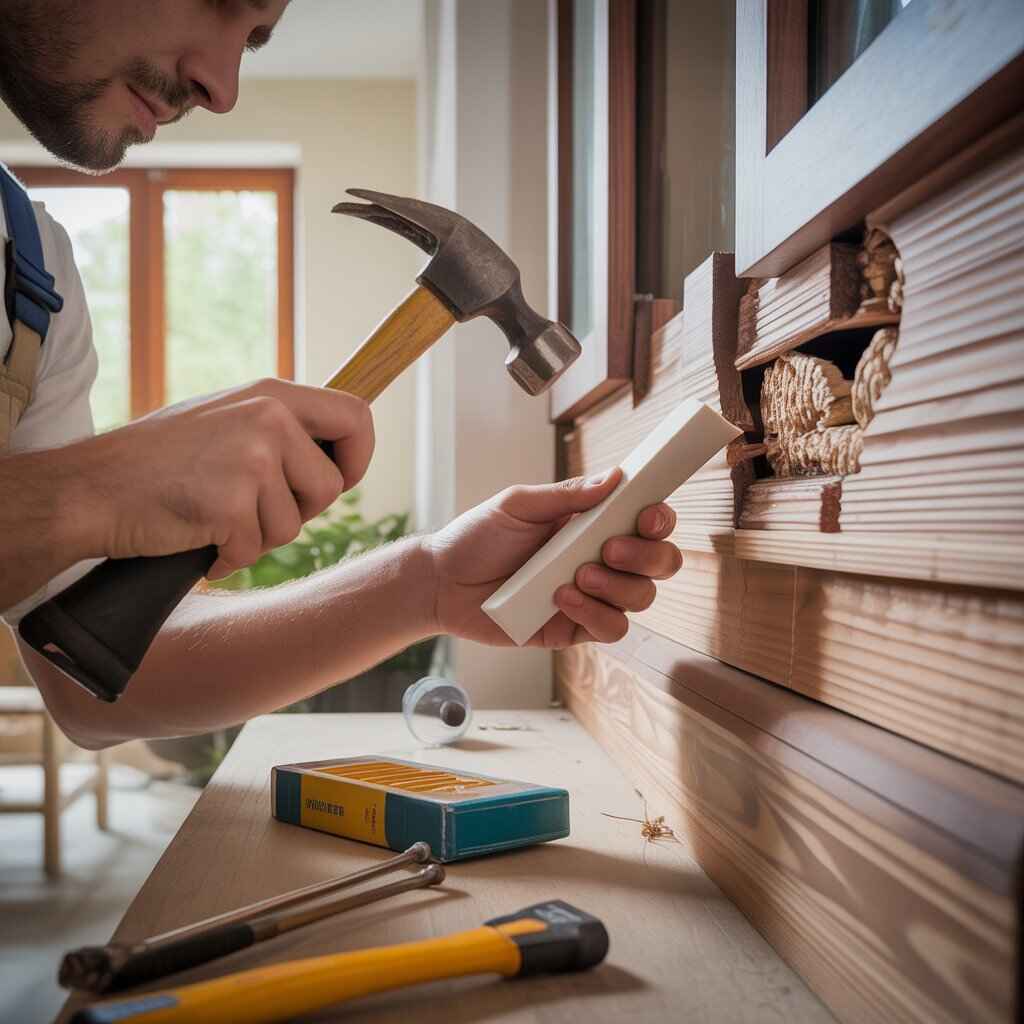
Step 1: Termite Damage Repair Starts with Eliminating the Infestation
Before you grab a hammer or paintbrush, you need to make sure all termites are gone. Otherwise, your repairs won’t last.
Professional exterminators use several methods:
- Liquid termiticides to create a barrier around your foundation.
- Bait stations that attract termites and wipe out the colony.
- Foam and dust treatments for hard-to-reach areas.
Once a licensed specialist confirms your home is termite-free, you can safely begin repairs.
Step 2: Assessing the Termite Damage Repair Needs
Next, assess how bad the damage is. This step determines whether you can fix it yourself or if you need professional help.
Surface Damage
Surface damage is mostly cosmetic. It includes small holes, paint blisters, or minor wood deterioration. While it looks bad, it usually doesn’t affect your home’s structure.
You can often fix surface damage using wood hardeners, wood fillers, or epoxy resins.
Structural Damage
If the termites have eaten through support beams, floor joists, or load-bearing walls, that’s structural damage. In that case, you’ll need a termite damage repair contractor or structural engineer to assess it.
Structural issues can make your home unsafe, so don’t take chances.
Step 3: Termite Damage Repair Cost — What You Can Expect
The termite damage repair cost varies based on how much damage there is and the type of repair needed.
| Type of Repair | Estimated Cost Range |
|---|---|
| Minor surface repairs | $200 – $800 |
| Beam or joist replacement | $1,000 – $5,000 |
| Major structural repairs | $5,000 – $20,000+ |
| Termite extermination | $500 – $3,000 |
You can get a more tailored estimate using a termite damage repair cost calculator or by requesting quotes from local contractors.
Remember: catching termites early makes repairs cheaper and simpler.
Step 4: Termite Damage Repair Near Me — Finding the Right Professionals
When searching “termite damage repair near me,” you’ll likely see dozens of companies claiming to be the best. But not all contractors have the right experience.
Here’s how to choose wisely:
- Check credentials — ensure the contractor is licensed and insured in your state.
- Ask for termite repair experience — not all carpenters understand termite-related structural issues.
- Read reviews on trusted platforms like HomeAdvisor or Angi.
- Get multiple quotes before deciding.
- Ask about warranties for both treatment and repair work.
Hiring the right termite damage repair contractor ensures your home is restored safely and properly.
Step 5: Working with a Termite Damage Repair Contractor
A termite damage repair contractor handles everything from replacing wood beams to reinforcing structural supports.
Professional repairs usually include:
- Removing damaged wood completely.
- Replacing it with pressure-treated or termite-resistant lumber.
- Sistering beams or joists (adding new ones beside the old for strength).
- Reinforcing with metal brackets where needed.
- Finishing with sealants or coatings to deter future infestations.
A good contractor also coordinates with your pest control company to ensure termites don’t return.
Step 6: DIY Termite Damage Repair Kit for Minor Fixes
If the damage is light, you might consider a termite damage repair kit. These kits usually include:
- Epoxy resin or wood filler
- Wood hardener
- Putty knife
- Sandpaper
- Protective gloves
You can find reliable kits at Home Depot or Lowe’s.
How to Use It:
- Clean the area to remove dust and debris.
- Inject wood hardener into the affected area.
- Fill gaps with epoxy or wood filler.
- Sand smooth once cured.
- Prime and paint to finish.
While these kits are handy for small jobs, they won’t solve structural termite damage. Always consult a professional if you suspect deeper problems.
Step 7: How Much Termite Damage Is Too Much?
This is one of the most common and important questions homeowners ask.
If termites have damaged only surface wood — such as trim, doors, or furniture — the problem is manageable. However, if you see:
- Sagging floors or ceilings
- Large cracks in walls
- Doors or windows that don’t close properly
- Wood that collapses under light pressure
…then you’re likely dealing with extensive structural damage.
At this stage, contact a structural engineer or termite damage repair contractor immediately. They can tell you whether the home is safe to occupy and what repairs are needed.
Step 8: Termite Damage Repair Cost Calculator — Estimating Expenses
A termite damage repair cost calculator can help you budget before hiring anyone. You can find one on sites like Fixr or HomeGuide.
Enter details like:
- Home size
- Damage type (surface or structural)
- Number of rooms affected
- Materials required
- Location
The calculator provides a realistic estimate based on average prices in your area.
Still, it’s smart to get at least three professional quotes to compare labor and materials.
Step 9: Preventing Future Termite Damage
Repairing termite damage is only half the battle. The other half is making sure they don’t come back.
1. Control Moisture
Termites love moisture. Fix leaky pipes, clean gutters, and make sure water drains away from your foundation. Learn more from the EPA’s moisture management guide.
2. Create Barriers
Keep at least six inches of space between soil and wood siding. Use metal or concrete supports for decks and porches.
3. Inspect Regularly
Schedule an annual termite inspection from a licensed pest control professional. A yearly check-up is the best insurance against future infestations.
4. Treat Exposed Wood
Use borate sprays or termite-resistant sealants to protect wood in vulnerable areas like crawl spaces and attics.
Step 10: When to Call the Pros
If you suspect termite activity, don’t wait. Termite infestations grow quickly, and the longer they’re left untreated, the higher your repair bill will climb.
Calling a professional termite damage repair contractor early can save you thousands in the long run — and protect the structural integrity of your home.
FAQS:
1. How do I know if I need termite damage repair?
Look for hollow wood, mud tubes, or peeling paint. These are common signs of termite damage that need professional inspection.
2. How much does termite damage repair cost?
Repairs can range from $200 to $20,000+, depending on the severity of the damage and whether it’s surface or structural.
3. Can I fix termite damage myself?
You can handle small surface repairs using a termite damage repair kit, but structural damage should always be repaired by a licensed contractor.
4. How much termite damage is too much?
If termites have damaged load-bearing beams, floors, or walls, the structure may be unsafe. In that case, call a termite damage repair contractor immediately.
5. How can I prevent future termite damage?
Schedule annual inspections, fix leaks, and treat exposed wood with termite-resistant sealants to keep termites away.
Conclusion:
Termite damage repair might sound intimidating, but with the right information and timely action, it’s entirely manageable.
Start by removing termites, assess the damage honestly, and work with reliable professionals for lasting repairs. Then, stay proactive with regular inspections and preventative care.
Your home is one of your biggest investments — don’t let termites quietly eat away at it.

